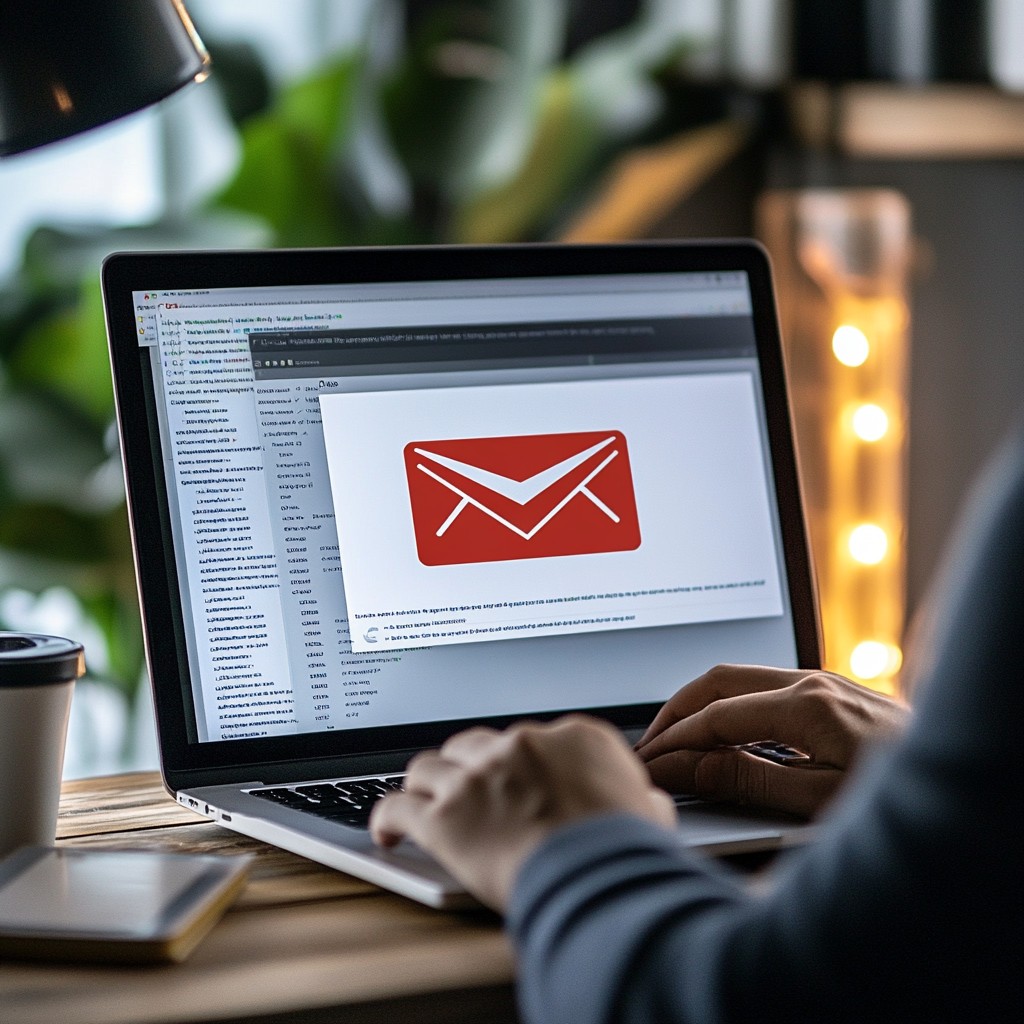Email marketing has been a cornerstone of digital marketing for years, and for good reason—it works! Through the power of email, businesses can effectively connect with customers, increase brand awareness, encourage loyalty, and nurture leads into paying customers.
But while email marketing may seem straightforward, there’s an art and science to making it successful. Additionally, platforms like Google and Yahoo have implemented changes that require email marketers to comply with data regulations, making it essential to stay informed. Beyond that, advancements in artificial intelligence (AI) have introduced tools that help with writing emails, segmenting audiences, and extracting valuable data.
In this guide, we’ll dive deep into the essentials of email marketing and provide some inspiring examples to help you launch your own campaigns.
What You’ll Learn:
- What is email marketing?
- Why is email marketing crucial for your business?
- How to build and grow your email marketing list
- Step-by-step guide to running an email marketing campaign
- 6 beginner-friendly email campaign examples
- Frequently asked questions about email marketing
- Free downloadable email calendar template
What is Email Marketing?

At its core, email marketing is a form of digital marketing that leverages emails to promote products or services to both potential and existing customers. According to the DMA’s Consumer Email Tracker 2023 report, consumer appreciation for emails has grown. In 2021, only 15% of consumers found emails useful, a number that nearly doubled to 32% in 2023. Email also boasts high engagement, with an average dwell time of 11 seconds, outperforming digital ads and TV commercials.
In both B2B and B2C settings, email marketing plays a key role in raising brand awareness, fostering customer loyalty, and driving sales.
Why is Email Marketing Important?
Email marketing is one of the most profitable direct marketing channels. Statista predicts global email marketing revenue will reach $17.9 billion by 2027. Here’s why email remains a powerful tool:
- Direct and Personalized Engagement: Emails offer a direct line of communication to your customers, allowing for personalized, meaningful interactions that drive conversions.
- Targeted Messaging: With segmentation, businesses can send highly relevant messages to specific groups of customers, increasing engagement and conversion rates.
- Cost-Effective and Measurable: Compared to other channels, email is cost-effective and provides measurable insights, helping businesses track their ROI and optimize their campaigns over time.
As email marketing expert Karen Talavera explains, “Email is one of those channels where there are so many nuances. There’s an art and a science to it, and many people don’t take the time to develop a true strategy.”
Let’s explore some of the top reasons email marketing should be a priority for your business:
Key Benefits of Email Marketing
- Data Collection
Email marketing is a great way to collect first-party data with consent, especially as businesses reduce their reliance on third-party cookies. Subscribers willingly provide their information, making it easier for businesses to build brand loyalty while complying with regulations like GDPR and CCPA. - Inbound Marketing
Email works well with inbound marketing strategies by engaging prospects who have already shown interest in your product or service, often leading to higher intent and more qualified leads. Plus, inbound email lists tend to cost less while delivering higher ROI. - Personalization
Knowing your audience allows for highly tailored messaging. By segmenting your lists based on factors like customer interest, demographics, and purchase history, you can create highly relevant and personalized content. Just be sure to avoid overwhelming your audience with too many emails—A/B testing subject lines and content will help you find what works best.
How to Build and Grow Your Email List
Ready to build your list? Here are some tried-and-true tactics:
- Use CTAs: Clear and compelling calls to action on your website can encourage visitors to sign up.
- Promote on Social Media: Use your social channels to inform followers about your email list, offering special deals or exclusive content.
- Offer Free Downloads: People love freebies, whether it’s an ebook, whitepaper, or other valuable content.
- Utilize Pop-ups and Forms: Strategically placed pop-ups and opt-in forms on your website can capture new subscribers.
- Run Competitions: Entice users to provide their email addresses by offering prizes or exclusive offers.
- Offer Blog Subscriptions: If you run a blog, allow visitors to subscribe to receive updates.
Step-by-Step Guide to Running an Email Marketing Campaign
Now that you have your list, let’s walk through how to create and execute an email marketing campaign:
- Build Your Email List
Focus on creating segmented lists based on customer preferences, interests, or behaviors. Tools like Drift or Mailmodo can help you organize and track your lists. - Choose the Right Email Marketing Tool
Select the tool that suits your business needs. Some popular choices include:- MailChimp
- HubSpot
- GetResponse
- Marketo
- MailerLite
- Leverage AI Tools
Many email marketing tools now offer AI integrations for segmenting lists, personalizing emails, optimizing send times, and generating content. For example:- Optimove for advanced customer segmentation.
- Seventh Sense for email send time optimization.
- Lavender to help craft better email copy.
- Set Up a Workflow
Automate a series of emails based on specific triggers, like signing up for a newsletter or downloading an asset. - Write Engaging Email Copy
Tailor your content to the recipient and A/B test subject lines to improve open rates. Always include a clear CTA to guide your audience to the next step. - Send and Monitor Your Emails
Once you’ve crafted your email, it’s time to hit send! Monitor your campaign’s performance to tweak and optimize for future sends.
6 Beginner-Friendly Email Marketing Examples
If you’re just starting, here are some email campaign ideas to inspire you:
- Welcome Emails: Example: Plochman’s mustard brand sends a warm, on-brand welcome message.
- Nurture Emails: NerdWallet sends personalized messages to re-engage prospects.
- Product Offer Emails: Apple targets back-to-school shoppers with exclusive offers.
- Re-engagement Emails: AutoTrader reaches out to lapsed users with an option to update preferences.
- Event Invitation Emails: Willo, a start-up, sends engaging event invites with clear CTAs.
- New Product Launch Emails: Airbnb promotes new features with simple, visually appealing designs.


